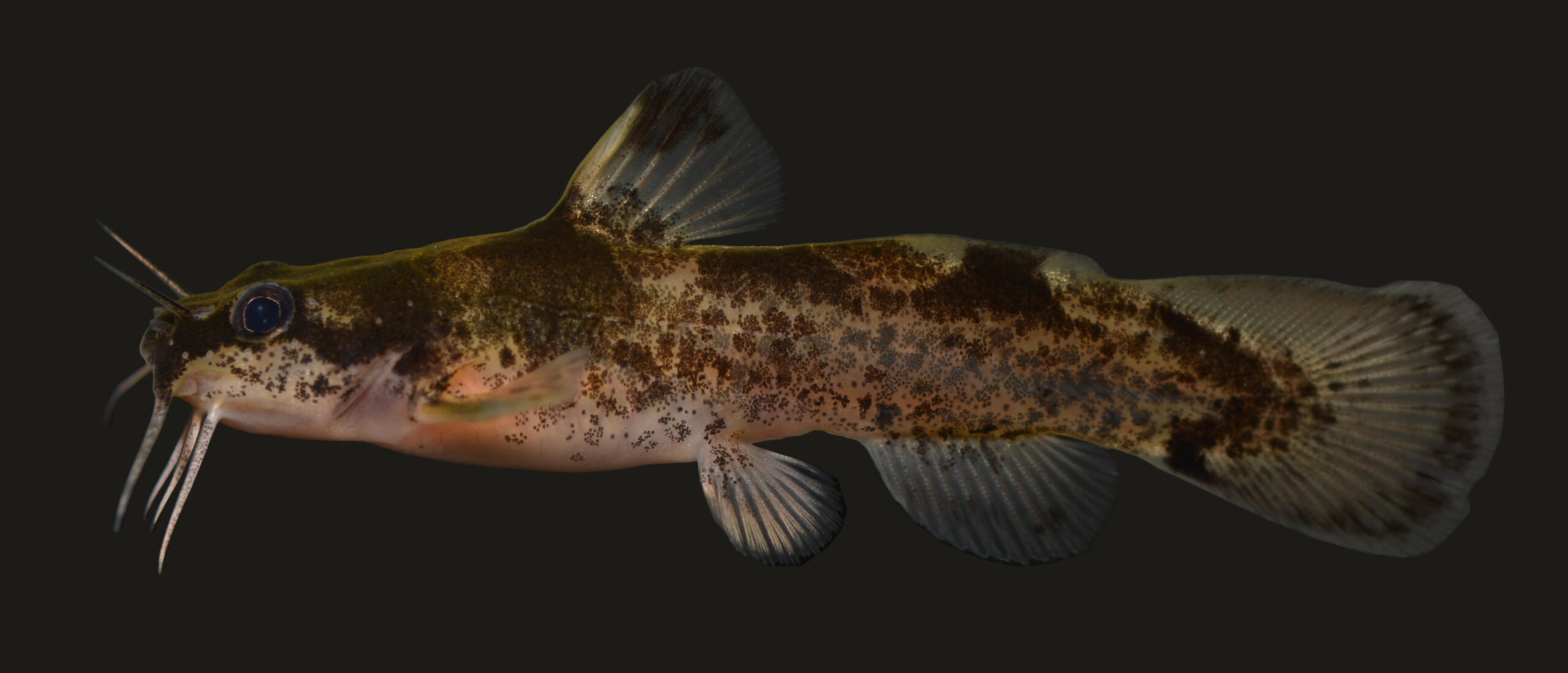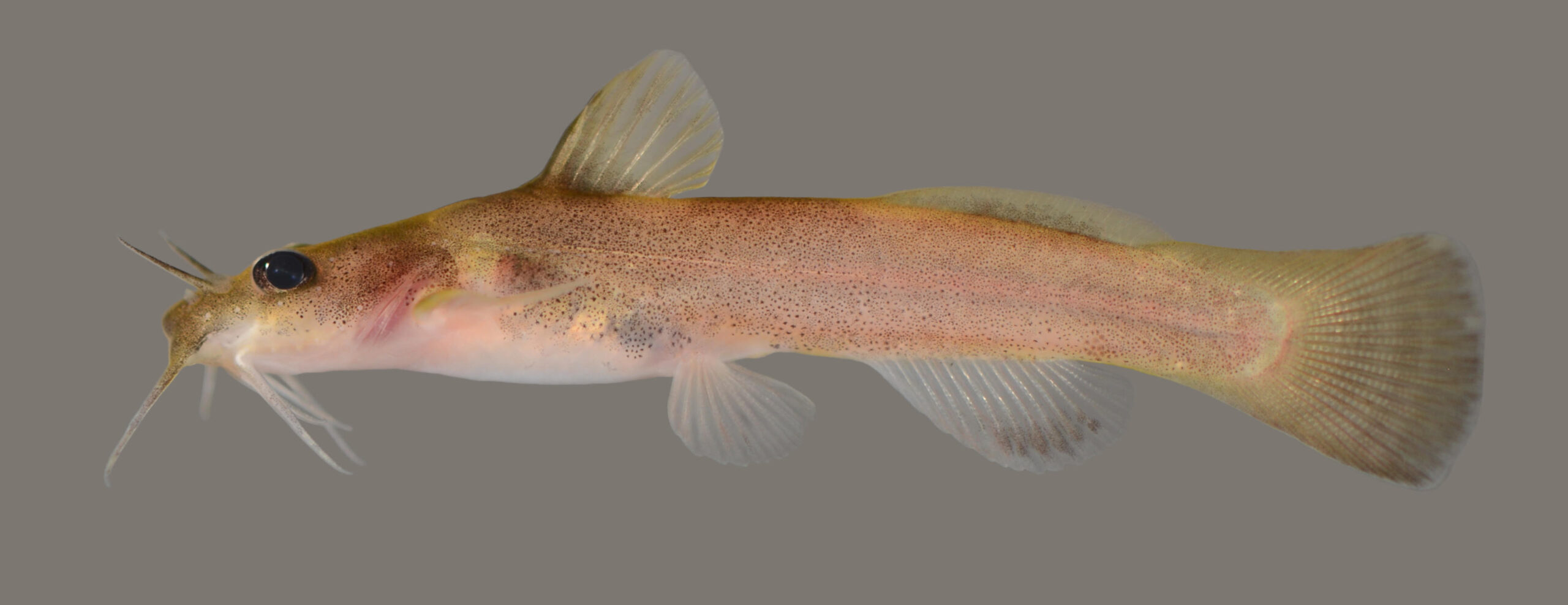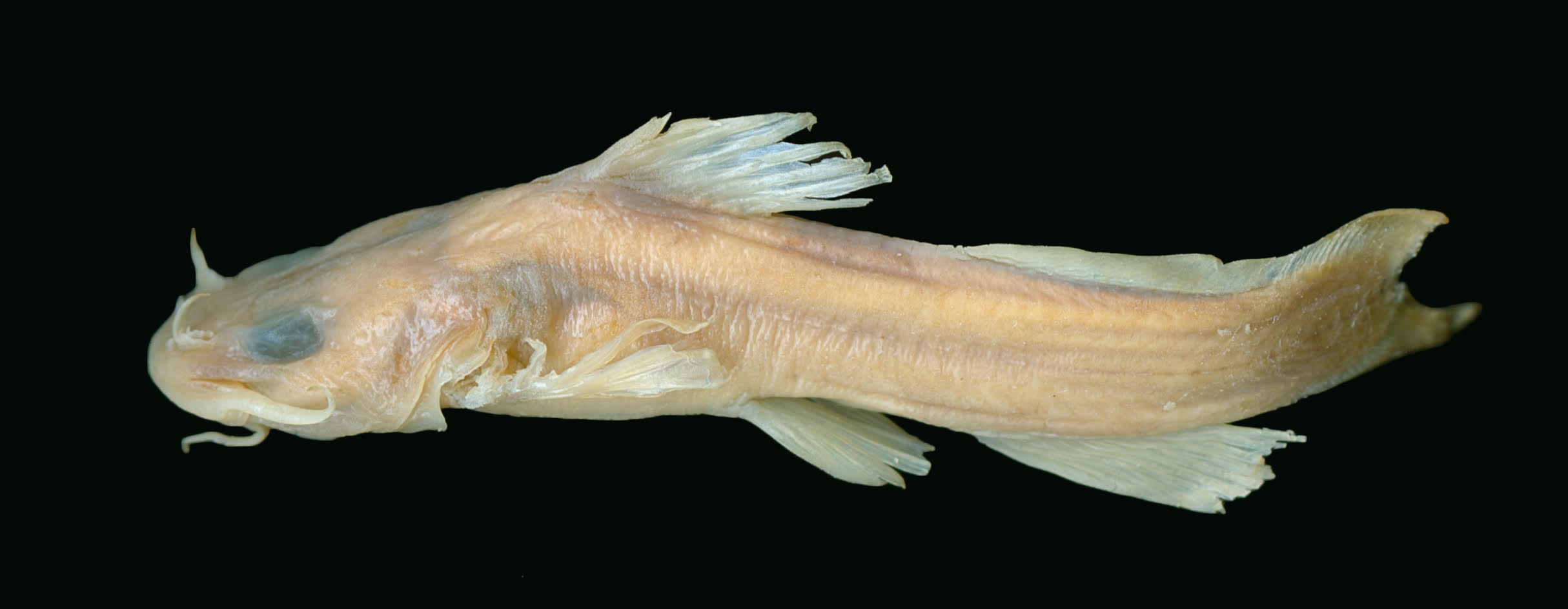CRAIG BIEGLER
Naturalist, Battelle Darby Creek Metro Park

When the Endangered Species Act was written in 1973, it was designed to protect the rarest animals and plants in the United States. However, it was too late to save the Scioto madtom.
The Scioto madtom (Noturus trautmani) was a unique species of fish, found only in the Big Darby Creek, a state and national scenic river. Madtoms are often mistaken for baby catfish; they have the whiskers (barbels) and fin spines of a typical catfish, but they only grow to a few inches. The Scioto madtom was especially small, reaching just 2.4 inches long. It was incredibly rare; only four individuals were found from 1943 to 1945, and they were all found in a 500-ft section of the Darby. In 1957, surveyors were thrilled to find fourteen of these fish. After that, they disappeared.

Because of its rarity, many questions remain unanswered about its origins and life history. The Scioto madtom was nocturnal and fed on aquatic invertebrates in shallow water, but where did it go during the day? It was always found from September to December, so what did it do in the summer? Why were there so few of them, and why were they restricted to such a small part of an 84-mile stream?
The Scioto madtom was added to the federal Endangered Species List in 1975, 18 years after it was last seen. The hope was that the fish’s habitat would be protected so that it would have the chance to recover. When the City of Columbus considered damming the Darby Creek to form a reservoir in the late 1970’s, that federal protection helped prevent the destruction of one of the most biologically rich habitats in Ohio.
Sadly, after decades of searching, the United States Fish and Wildlife Service has recommended the Scioto madtom be declared extinct. The proposal was submitted in September 2021 and the fish will soon be removed from the Endangered Species List.
This is disappointing but not unexpected. Despite the protections of the Endangered Species Act, the Big Darby Creek and surrounding areas have changed dramatically in the nearly 65 years since the fish’s last sighting. It is likely that whatever small niche the Scioto madtom occupied just doesn’t exist anymore. However, it is possible that this strange fish will resurface someday, especially given its small size. Milton Trautman, the ichthyologist who discovered the Scioto madtom, speculated that it may have made its usual home in crayfish burrows, keeping it hidden from researchers’ nets.

Fortunately, the loss of the Scioto madtom does not mean that its habitat is suddenly unprotected, as Columbus & Franklin County Metro Parks is dedicated to preserving the quality of the stream and its surrounding ecosystems. Battelle Darby Creek and Prairie Oaks Metro Parks surround the stream and together encompass nearly 10,000 acres of protected land. Other agencies and conservation groups take over this important work as the creek flows further from Franklin County. In addition, the Darby Creek watershed is home to several federally endangered or threatened species, like the clubshell mussel, the northern riffleshell mussel, and snuffbox mussel, along with dozens of species protected by the state of Ohio.
Approximately 99.9% of all species that have ever existed on Earth have gone extinct. Extinction is not new, and is a natural occurrence in our ever-changing world. However, the rapid extinction of species due to human activity is unprecedented, and it is our responsibility to prevent it.
Though the Scioto madtom is gone, you can still protect those rare species that remain by planting native trees, limiting pesticide use, and reducing your plastic trash. The true tragedy of the Scioto madtom is that we barely knew it existed, and now we may never know what secrets it had to tell us.
To learn more about Metro Parks conservation and resource management initiatives, visit metroparks.net.

This winter my wife and I have visited 19 of the 20 metro parks. We have enjoyed talking to several rangers, many staff, and visits to the visitor centers/ nature centers. Being a retired city forester and outdoor enthusiast I appreciate the diversity that our metro parks offer and chances to observe wildlife. Thank you for your hard work preserving our natural resources.
Rob, we are thrilled that you’ve been able to visit so many Metro Parks! Thanks for your kind words 🙂